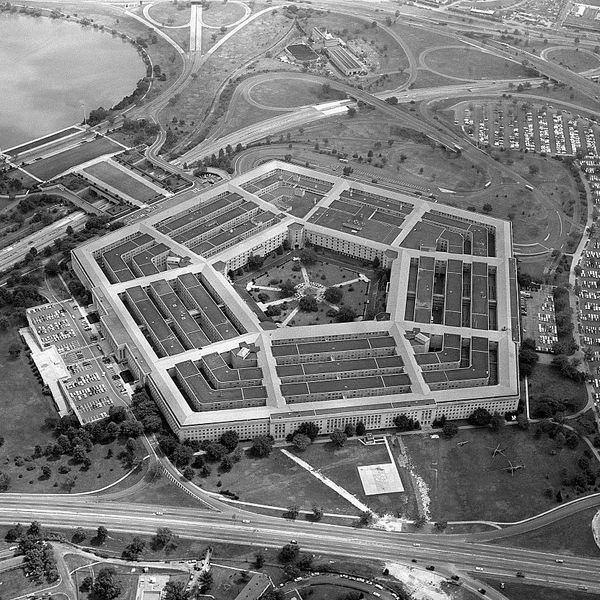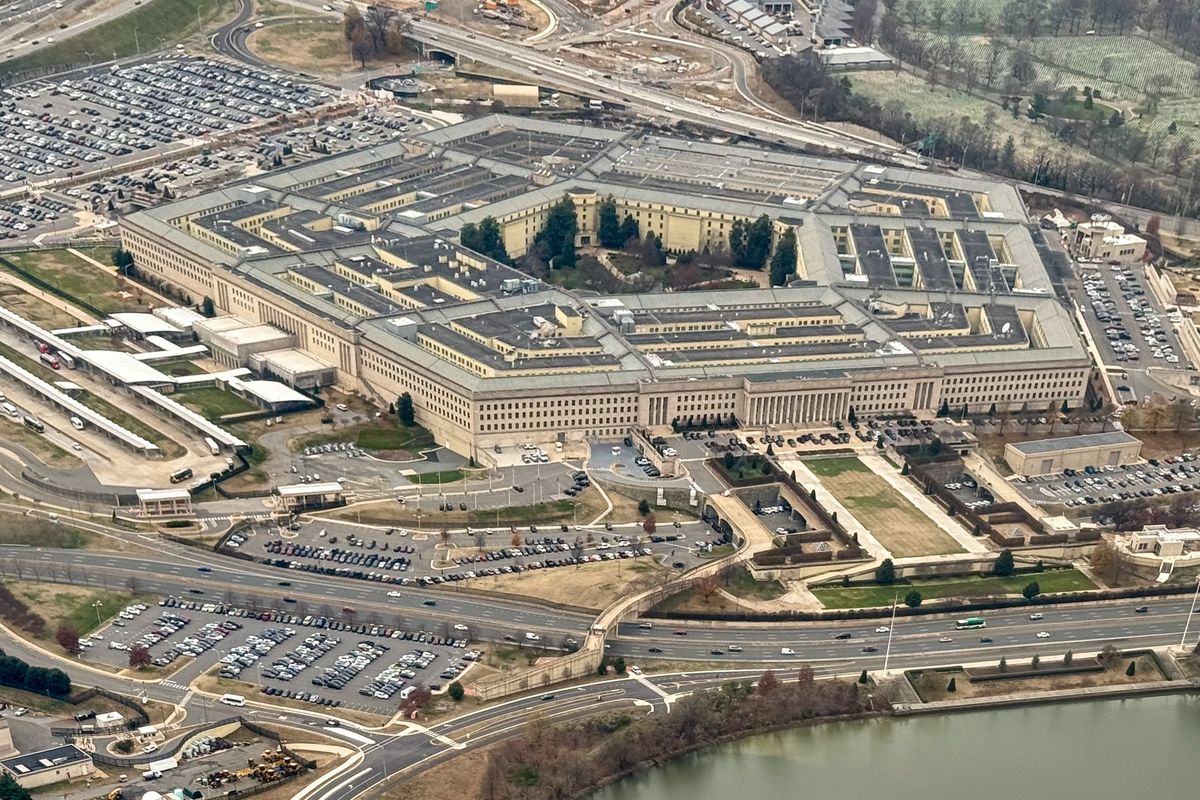“Ballistic missile threat inbound to Hawaii . . . this is not a drill.”
Now that we know what it feels like for Hawaii to be under ballistic missile attack, perhaps it’s a good time to ask how well the island is actually defended from such an attack.
It’s a simple question with a complex answer that has to do with our ability to detect, track and engage a missile headed on the more southerly track to Hawaii than one launched from North Korea towards the continental United States. Suffice it to say that both places would be better defended were interceptors based in the island chain.
It is important to say up front that, even though North Korea has made rapid progress in fielding a capable intercontinental ballistic missile (ICBM), this kind of attack is not imminent. While Kim Jong Un will likely never give up his nuclear weapons, he also is unlikely to use them unless backed into an existential corner.
Nonetheless, the first half of the “capability and intent” chain required for an attack is now complete – or will be soon. Our ability to deter the second half of that chain hinges not only on the fact that it would be suicidal for the North Korean regime to even attempt an attack. Equally vital is their understanding that an attack would not succeed in the first place.
The latter piece is where ballistic missile defense comes in. There are a couple of misconceptions regarding U.S. missile-defense capability, and one important opportunity.
Restricted Defenses
A first misconception is the notion that the U.S. can simply shoot down any North Korean missile—including a test—launched in any direction should we desire to do so. Unfortunately, as good as our systems are, this is simply not true. Because ballistic missiles are so fast, our defenses are currently designed, built and positioned to only defend specific areas, countering an inbound missile in its mid-course or terminal phase. It not only doesn’t make sense to try to knock down a test – it would be very difficult to do so in the first place.
Another misconception regards the capability of our missile defenses. We essentially have four systems that do this work.
Two of our systems, Patriot and THAAD (Terminal High Altitude Air Defense), are very good at engaging shorter-range missiles. But they are not capable against longer-range missiles, which are much faster, so these systems are not used to defend the U.S.
The Navy’s SM-3-IB missile—carried aboard certain ships and installed in silos in Europe to defend against potential future Iranian threats—spans the capability between regional and intercontinental threats. The U.S. is also working closely with Japan to develop the advanced SM-3-IIA. This weapon has performed well in testing to date, and planned testing against an ICBM threat should be accelerated.
For defense against ICBMs, the U.S. Missile Defense Agency (MDA) developed the ground-based interceptor (GBI), of which a few dozen are positioned in silos in Alaska and California. These large and costly missiles are designed to defend against limited ICBM attacks launched from either North Korea or Iran.
High Probability of Kill
The entire GBI system’s capability—including the space-based systems that detect launches, the radars that track inbound threats and GBIs themselves—determines how many must be fired at an inbound threat to achieve a high probability of kill. As each element of the system improves, the probability increases and fewer missiles are required to defeat a single threat. The result is greater defensive capacity.
As with any system this complex, the early going was rough, and the cynics continue to count the system’s early misses in denigrating its overall record. But the system performed flawlessly in its most recent, first-ever test against a truly representative threat, and many existing GBIs carry the upgrades flown during this test.
Unfortunately, the GBI “kill chain” is not optimized to defend Hawaii. Because of the more southern trajectory of a ballistic missile inbound to Hawaii from Korea, it is more difficult to track and engage it using the GBI. Thus, MDA is developing a new radar for Hawaii at an estimated cost close to $1 billion, and will not install it until at least 2023.
However, there is a cheaper and faster solution available in the very near term. When coupled with the THAAD system’s AN/TPY-2 long-range radar, the Navy’s SM-3-IB missile can defend Hawaii. And it turns out that the Navy’s Pacific Missile Range Facility (PMRF), located on the western side of the island of Kauai has launchers for the SM-3 in place. The THAAD radar has already operated from this facility before, in conjunction with the SM-3 during tests.
To enhance the defense of Hawaii, it is only necessary to move a radar back to PMRF and load the launchers with SM-3 interceptors. This would take weeks, not years, and would cost very little. And as the North Korean threat increases, as it will, it will be a simple matter to upgrade this site with already-planned improvements to the TPY-2 radar and by installing the new SM-3-IIA missile.
This concept would protect Hawaii at least as well as, if not better than, today’s plan to fire multiple GBIs at a North Korean missile headed in that direction. Moreover, because a GBI costs roughly 10 times more than an SM-3-IB, Hawaii could be protected at far lower cost than the current plan, leaving our GBIs to defend Alaska and the continental U.S.
What are the obstacles to doing this? MDA is concerned that such a move will threaten development of its new radar. The Navy is worried that using existing PMRF launchers will impact future tests, but there will be space and time for the PMRF complex to meet all of the service’s needs.
Question of Jobs
The civilian leaders on the island of Kauai have been led by opponents to fear that the move would cost jobs at the PMRF, which is simply not the case (it may even add jobs). And the Army will not want to pull a scarce AN/TPY-2 radar away from an existing THAAD unit, which could require purchase of an additional radar.
Add to this a policy bias against using the SM-3 for any kind of homeland defense out of concerns that Russia will—incorrectly—view it as a foot in the door to developing a comprehensive system to negate Russia’s own nuclear deterrent. We should not hold ourselves hostage to this concern. Russia knows we have the right—indeed the obligation—to do whatever it takes to defend ourselves from less stable threats. Had the Russians done a better job pressuring North Korea, perhaps we wouldn’t need to contemplate such a move.
Using this solution, even if only temporarily, is a real win-win. Doing so will quickly grant the nation’s 50th state the same level of protection extended to the other states. Such a move will cost significantly less than a new radar.
The savings could help enable necessary upgrades to the rest of the larger missile defense system that will, in turn, lead to greater capacity. And not only would it be a quick political win for the Trump administration in demonstrating its commitment to a strong defense; it would immediately strengthen their hand for deterrence against North Korea.
No citizens of the United States, whether they live in Hawaii or anywhere else, should ever have to live through another 38 minutes of fear. Bureaucratic and political obstacles should not stand in the way of defending our nation against a nuclear threat from North Korea.
There is an old adage in the Department of Defense: “Of cheaper, better and faster, pick two, because you can’t have all three.” This is a rare opportunity to actually have all three, and for an urgently needed capability.
Sandy Winnefeld retired as the ninth Vice Chairman of the Joint Chiefs of Staff. He serves on the board of directors of Raytheon Corp, which produces components of missile defense systems. The views expressed in this article are his alone.














